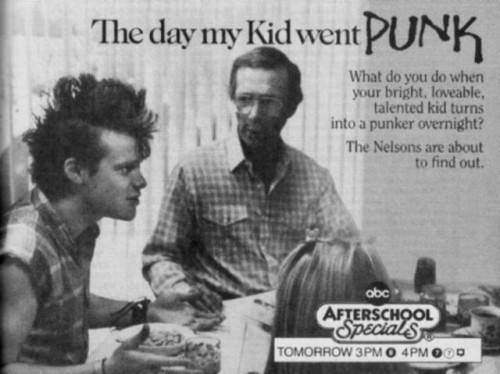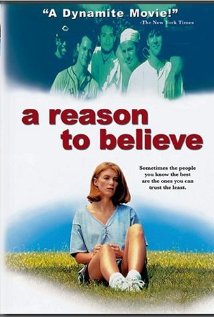Produced by Roger Corman and made for a budget of only a million dollars, the very first film version of The Fantastic Four is best known for having never been released. Stan Lee always claimed that the film was never meant to be released and that it was only made so that German producer Bernd Eichinger could hold onto the rights for the characters. Eichinger has always said that he wanted to release the flm and it was Avi Arad, the future founder of Marvel Studios, who asked him not to because he felt a low-budget B-movie would damage the Marvel brand. Arad has said that Eichinger is telling the truth and considering the reception that Albert Pyun’s Captain America received, I can understand why Arad was concerned.
Though the film was never officially released, bootleg copies are out there. I’ve seen the movie a few times and I watched it again last night. Watching it, I was reminded that The Fantastic Four is not as bad as people say.
It’s an origin story. Reed Richards (Alex Hyde-White) flies into space with his girlfriend Sue (Rebecca Staab), her annoying kid brother Johnny (Jay Underwood), and Reed’s best friend Ben (Michael Bailey Smith). Cosmic comet rays lead to them developing super powers. Reed can stretch. Johnny can burst into flame. Sue can turn invisible. Ben turns into a creature with orange, rocky skin. On Earth, they battle both the evil Doctor Doom (Joseph Culp) and the Jeweler (Ian Trigger) for possession of a powerful diamond.
The low budget is obvious and the script isn’t great, with the Jeweler being a truly unimpressive villain. (Unlike Doctor Doom, the Jeweler was created specifically for this movie.) But the movie still has more genuine heart than the future big-budget Fantastic Four films. Alex Hyde-White plays Reed as being brilliant but self-absorbed. Sue is a thankless role but Rebecca Staab does her best. Jay Underwood is annoying as Johnny but Johnny was annoying in the comic books as well. This version of The Fantastic Four is the only movie, so far, to capture and stay true to the spirit of the characters.
This is especially true when it comes Michael Bailey Smith’s performance as Ben Grimm. More than either Jamie Bell or Michael Chiklis, Smith realistically portrays Ben’s bitterness over knowing that he will never be able to return to his former life. Of all the film versions of the Fantastic Four, this is the only one that adequately captures both the look and the personality of The Thing. He become a real person and not just an actor in a rubber suit. This movie is also the only one, so far, to really do a decent job of portraying Dr. Doom’s megalomania. It’s interesting that the film that Marvel didn’t want released is the one that stays true to the original comic book.
The Fantastic Four will be joining the MCU in 2025. Ironically, considering that Marvel Comics started with the Fantastic Four, they’ll be among the last of the major characters to get an MCU film. There’s hope that the new Fantastic Four will reverse the MCU’s declining fortunes. I’ve been skeptical ever since I heard the Silver Surfer was going to be played by Julia Garner but hopefully, I’ll be wrong. Galactus is one of the great Marvel villains and I hope the new Fantastic Four will do him justice. When people are watching the massively hyped, big budget, CGI-heavy version of The Fantastic Four, I hope at least some will remember the low-budget version that could barely afford a single special effect and I hope they’ll remember that it wasn’t that bad.



